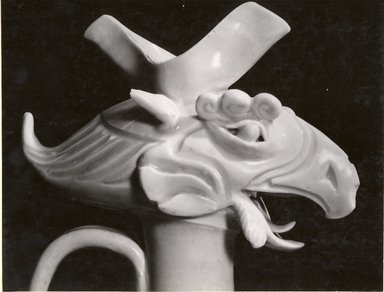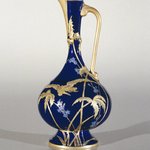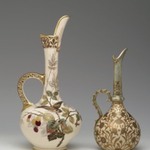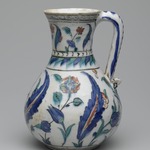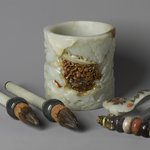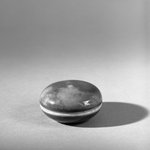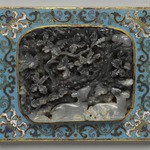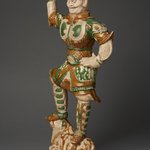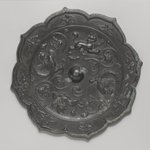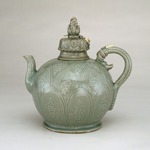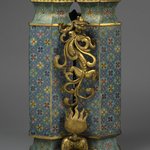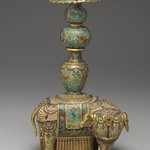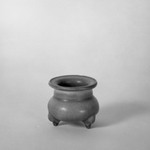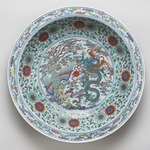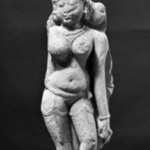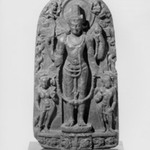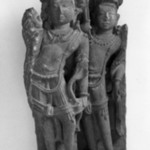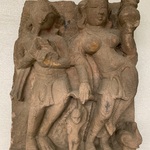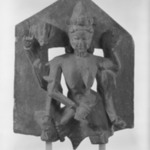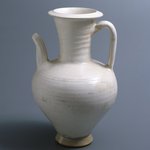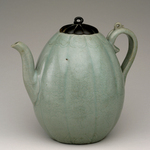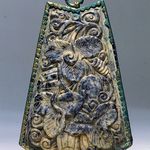
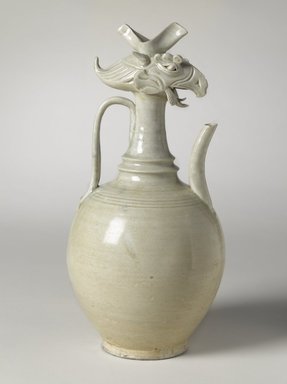
Ewer with Phoenix Head, ca. 10th century. Qingbai ware, stoneware, translucent glaze, height: 14 9/16 in. (37 cm); diameter: 6 7/8 in. (17.5 cm). Brooklyn Museum, Ella C. Woodward Memorial Fund and Frank L. Babbott Fund, 54.7. Creative Commons-BY (Photo: Brooklyn Museum, 54.7_side_right_PS9.jpg)
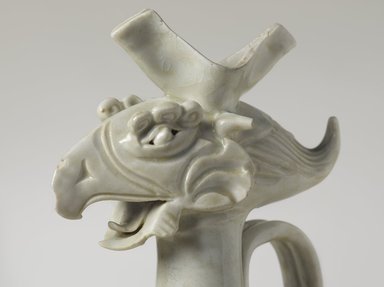
Ewer with Phoenix Head, ca. 10th century. Qingbai ware, stoneware, translucent glaze, height: 14 9/16 in. (37 cm); diameter: 6 7/8 in. (17.5 cm). Brooklyn Museum, Ella C. Woodward Memorial Fund and Frank L. Babbott Fund, 54.7. Creative Commons-BY (Photo: Brooklyn Museum, 54.7_detail_06_PS9.jpg)

Ewer with Phoenix Head, ca. 10th century. Qingbai ware, stoneware, translucent glaze, height: 14 9/16 in. (37 cm); diameter: 6 7/8 in. (17.5 cm). Brooklyn Museum, Ella C. Woodward Memorial Fund and Frank L. Babbott Fund, 54.7. Creative Commons-BY (Photo: Brooklyn Museum, 54.7_detail_05_PS9.jpg)
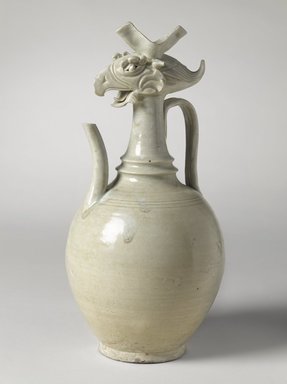
Ewer with Phoenix Head, ca. 10th century. Qingbai ware, stoneware, translucent glaze, height: 14 9/16 in. (37 cm); diameter: 6 7/8 in. (17.5 cm). Brooklyn Museum, Ella C. Woodward Memorial Fund and Frank L. Babbott Fund, 54.7. Creative Commons-BY (Photo: Brooklyn Museum, 54.7_side_left_PS9.jpg)
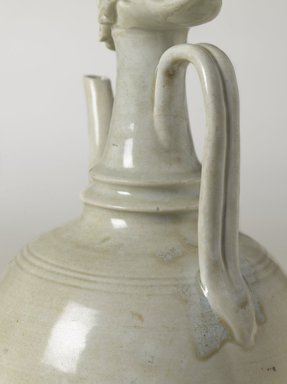
Ewer with Phoenix Head, ca. 10th century. Qingbai ware, stoneware, translucent glaze, height: 14 9/16 in. (37 cm); diameter: 6 7/8 in. (17.5 cm). Brooklyn Museum, Ella C. Woodward Memorial Fund and Frank L. Babbott Fund, 54.7. Creative Commons-BY (Photo: Brooklyn Museum, 54.7_detail_04_PS9.jpg)

Ewer with Phoenix Head, ca. 10th century. Qingbai ware, stoneware, translucent glaze, height: 14 9/16 in. (37 cm); diameter: 6 7/8 in. (17.5 cm). Brooklyn Museum, Ella C. Woodward Memorial Fund and Frank L. Babbott Fund, 54.7. Creative Commons-BY (Photo: Brooklyn Museum, 54.7_detail_01_PS9.jpg)

Ewer with Phoenix Head, ca. 10th century. Qingbai ware, stoneware, translucent glaze, height: 14 9/16 in. (37 cm); diameter: 6 7/8 in. (17.5 cm). Brooklyn Museum, Ella C. Woodward Memorial Fund and Frank L. Babbott Fund, 54.7. Creative Commons-BY (Photo: Brooklyn Museum, 54.7_detail_03_PS9.jpg)

Ewer with Phoenix Head, ca. 10th century. Qingbai ware, stoneware, translucent glaze, height: 14 9/16 in. (37 cm); diameter: 6 7/8 in. (17.5 cm). Brooklyn Museum, Ella C. Woodward Memorial Fund and Frank L. Babbott Fund, 54.7. Creative Commons-BY (Photo: Brooklyn Museum, 54.7_detail_02_PS9.jpg)

Ewer with Phoenix Head, ca. 10th century. Qingbai ware, stoneware, translucent glaze, height: 14 9/16 in. (37 cm); diameter: 6 7/8 in. (17.5 cm). Brooklyn Museum, Ella C. Woodward Memorial Fund and Frank L. Babbott Fund, 54.7. Creative Commons-BY (Photo: Brooklyn Museum, 54.7_SL1.jpg)
Ewer with Phoenix Head
Asian Art
On View: Asian Galleries, West, 2nd floor (China)

